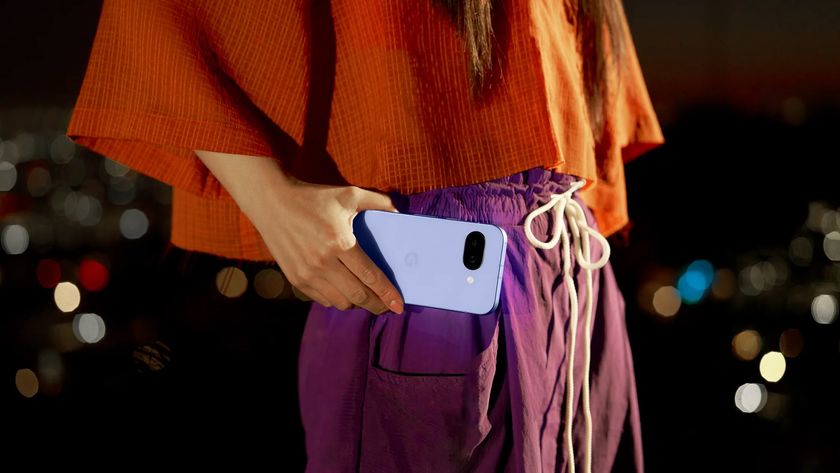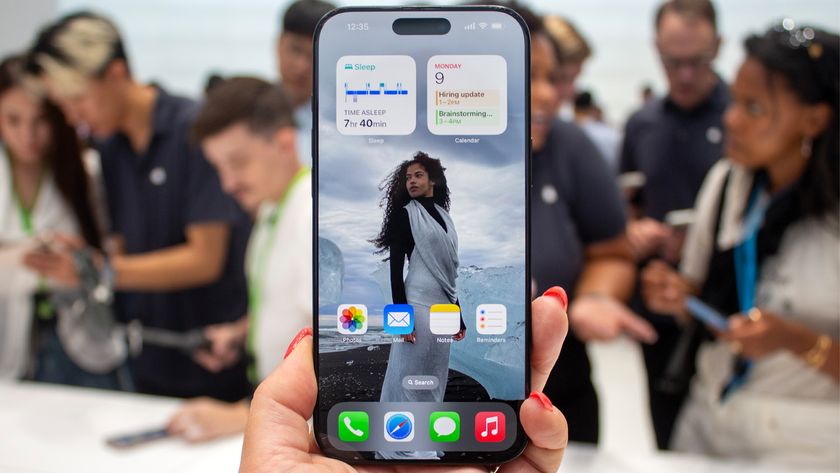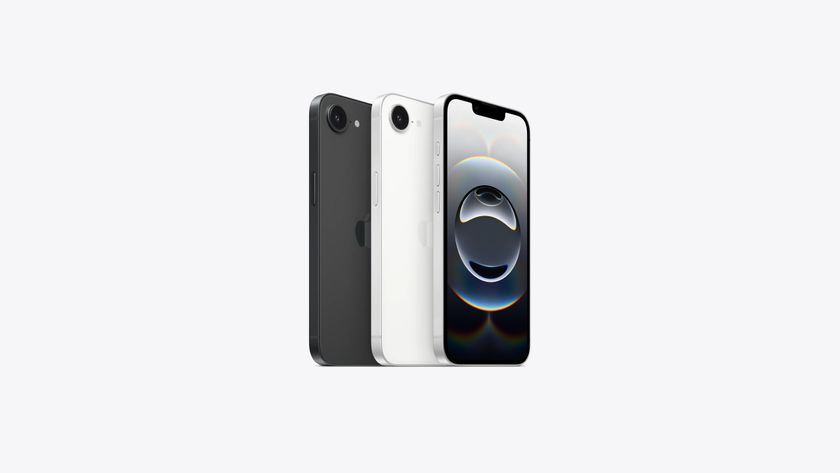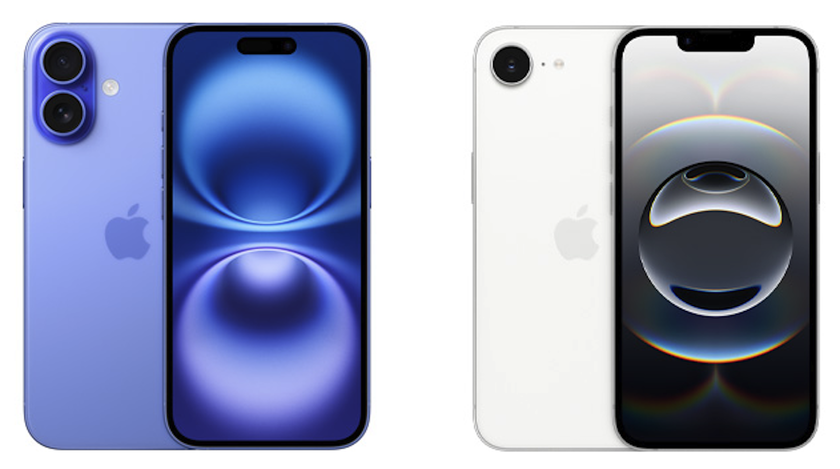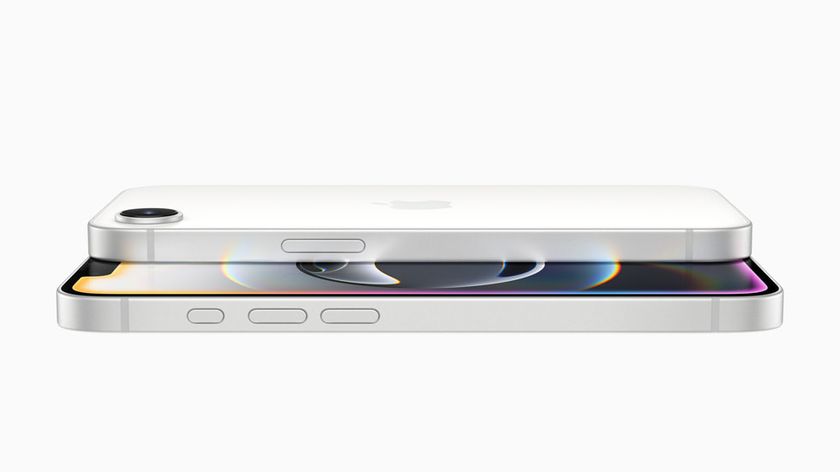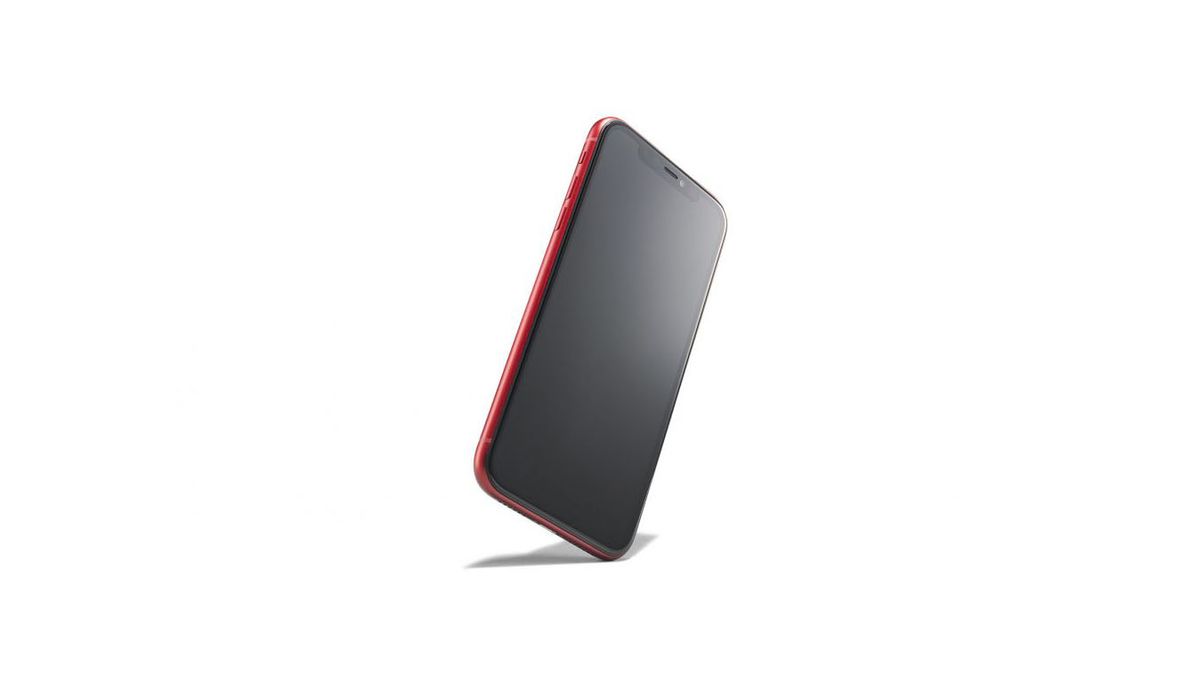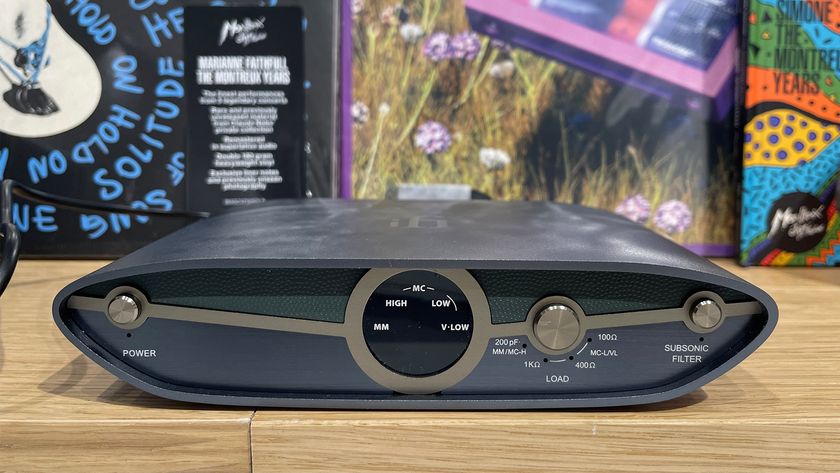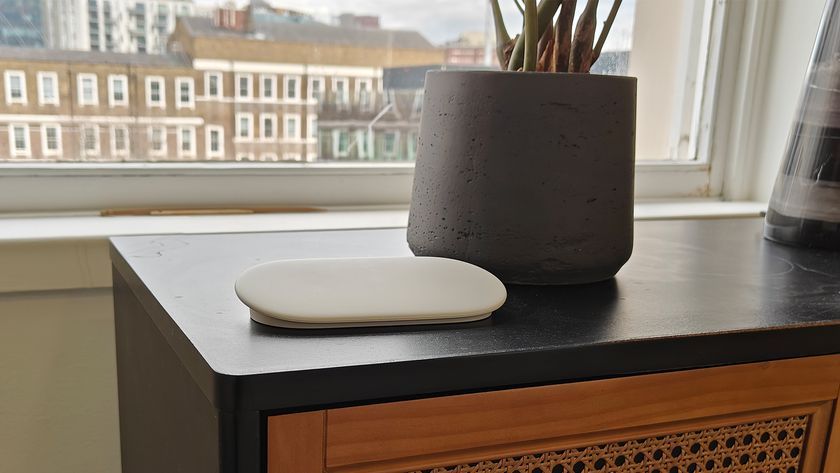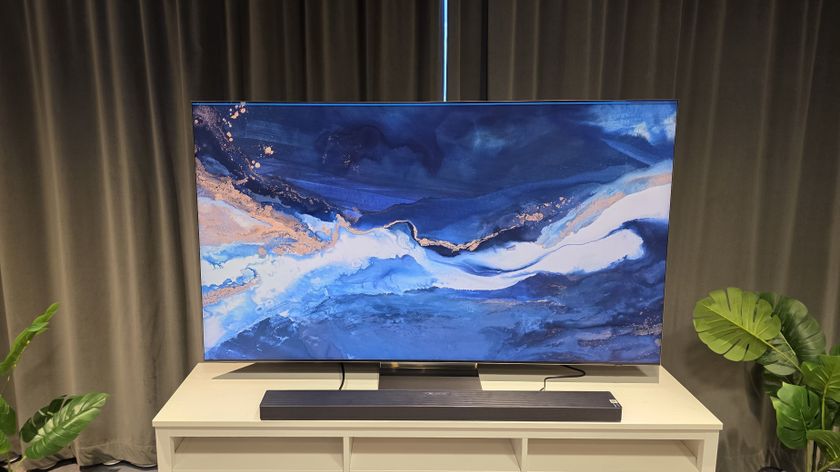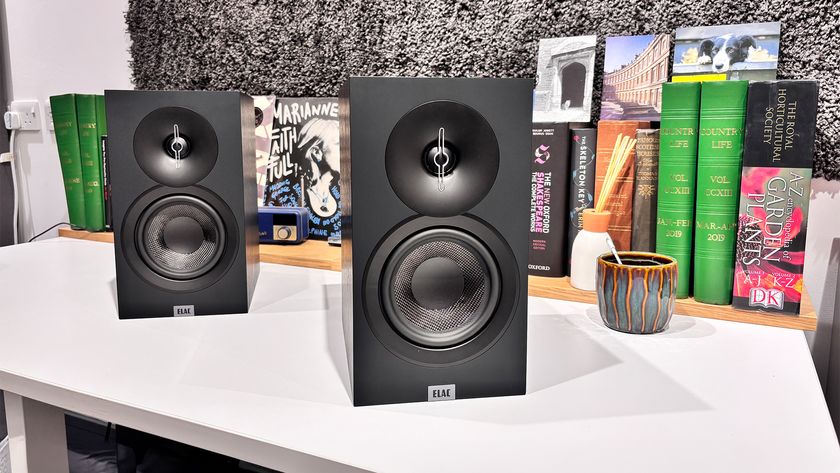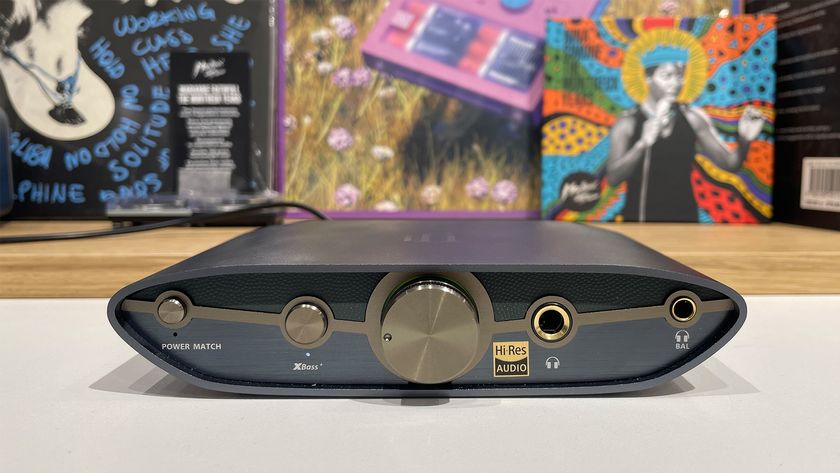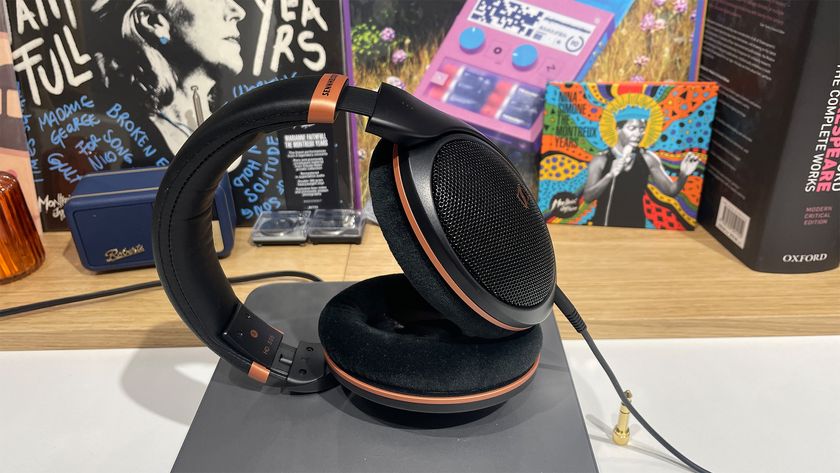What Hi-Fi? Verdict
The iPhone 11 is arguably the pick of Apple's new brood and a brilliant all-rounder
Pros
- +
Attractive price
- +
Excellent audio and video
- +
Good battery
- +
Improved camera
Cons
- -
Design hasn't changed
- -
No OLED screen
Why you can trust What Hi-Fi?
The iPhone 11 delivers that old feeling of déjà vu. Apple’s 2019 iPhone launch has a lot in common with its previous ventures – two flagship models, joined by a more colourful model with a slightly inferior camera, but better battery life.
It's true that the iPhone 11 loses in some areas against the two 11 Pros, including screen technology, resolution, camera quality and battery life, but the iPhone 11 is, in its own right, a feature-rich phone at a markedly more affordable price. And after all, who doesn’t want a powerful, yet affordable iPhone?
Starting from £730/$699 for the 64GB version, the iPhone 11’s price compares favourably to the similarly endowed iPhone 11 Pro (£1049/$999). Meanwhile, the top of the range iPhone 11 Pro Max is considerably more expensive, at £1149/$1099 for the same 64GB memory.
Features
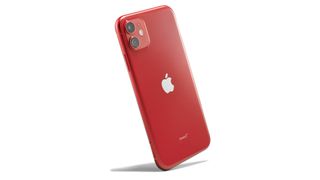
At first glance, there don’t appear to be many differences between the iPhone 11 and the iPhone XR. And, given the similarities, it’s interesting that Apple has decided to keep the older model it its lineup rather than kill it off completely.
The 11 is the same size and weight as the XR, so put them side by side and they appear pretty similar, even if some of the finishes are new. There are six in total: black, green, yellow, purple, white and red. Our purple review sample still feels like a premium handset though. It may be a little bulkier than its Pro siblings, but is still extremely desirable.
The size of the iPhone 11's Liquid Retina LCD display is the same as the XR (6.1in) as is the resolution (1792 x 828 pixels) and pixel density (326ppi). You’re still getting a True Tone, Wide colour display with 625 nits of maximum brightness and a contrast ratio of 1400:1. So far, so similar – perhaps disappointingly so. But, according to Apple, major improvements have been made elsewhere.
There are more storage options with the iPhone 11, with the new model getting a 256GB version in addition to the 64GB, and 128GB variants. The new model is now IP68 rated instead of IP67, which means it can withstand being submerged at a depth of up to two metres for up to 30 minutes instead of just one metre.
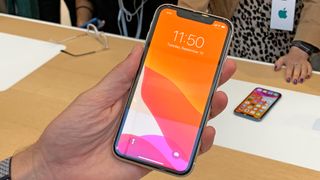
Screen size 6.1in
Type LCD
Resolution 1792 x 828
Operating system iOS 13
Dimensions (hwd) 15.1 x 7.6 x 0.8cm
Weight 194g
But the big news is under the hood, where the iPhone 11 gets a new processor and new camera system. It’s powered by a new A13 Bionic chip, and third-generation Neural engine, which supposedly puts more processing power at your fingertips and also allows for greater efficiency in how the phone’s GPU and CPU work. The iOS 13 software comes with the new phones and, during testing, the 11 didn’t have any major issues attending to the flurry of tasks we sent in its direction.
The phone reacts promptly and smoothly to swipes and prods of the screen while it copes with multi-tasking with no discernable lag or hesitation. Tasks such as unlocking the phone through Face ID seem fractionally quicker too.
You also get dual 12MP Wide and Ultra Wide lenses on the rear of the iPhone 11, where the XR still has to make do with just a single 12MP Wide offering. Apple claims the True Tone flash on the iPhone 11 is brighter, while the new Night Mode claims improved quality in poor lighting.
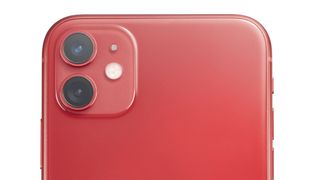
We find that the camera gives much better performance in low light conditions, both in terms of brightness and clarity. There's excellent sharpness and detail in normal lighting conditions too, even if the iPhone 11 can't quite match the triple-lens quality of its siblings, the iPhone 11 Pro and 11 Pro Max.
Video recording gets a bump in quality too, with more advanced stabilisation at 4K resolution and 24, 30 or 60fps. The front-facing snapper gets a big lift from 7MP to 12MP although its video capabilities are limited to 1080p resolution at 30 or 60fps.
Battery life is a claimed one hour longer than the iPhone XR which means you should get around 17 hours of video playback from the hard drive. Strangely, the 65 hours of audio playback is identical, so we assume the difference in video is down to the more efficient processing in the new A13 Bionic chipset.
We found the battery to last a full day pretty easily with average use, although the absence of a fast charger in the box is a little disappointing when you're in desperate need of a quick injection of juice.
Sound
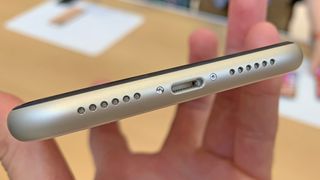
The iPhone 11 supports Apple’s new ‘spatial audio’ playback, which is claimed to deliver an ‘immersive surround sound experience’ and also Dolby Atmos.
Like the XR, the iPhone 11's built-in speakers sound good by smartphone standards. We wouldn't recommend listening through them for any serious length of time, but for watching a quick blast of a cookery programme in the kitchen or listening to a podcast at decent volume, the iPhone 11 will oblige. There’s decent weight and detail in vocals and dialogue with the presentation not too tinny or harsh.
Plug in a decent pair of in-ear headphones (you’ll need Apple’s 3.5mm-to-Lightning dongle), or fire up a pair of wireless earbuds and the phone really earns its stripes. We’ve come to expect musicality and rhythm where Apple’s smartphones are concerned and the iPhone 11 doesn't disappoint.

Play Meek Mill’s Dreams And Nightmares and the phone ebbs and flows through the lengthy first verse. There’s detail and definition to each strike of the piano keys. The phone communicates the shift in intensity for different notes explicitly. You hear the strings arrive into the track's open, airy soundstage and they slot straight into place.
As the track switches intensity and attitude, the iPhone 11 steps up to the plate. The song’s tight bassline isn’t the most complex, but there’s not an ounce of excess fat here. The iPhone’s dynamic prowess means it can deliver all the high and low-level dynamic shifts effortlessly.
Switch to The Streets’ Wouldn’t Have It Any Other Way and the iPhone jumps into action, serving up the track with bucketloads of enthusiasm. There’s plenty of space in the soundstage, the bouncing bass, sparkling treble and twin vocal all delivered clearly and with a fine sense of refinement.
Screen
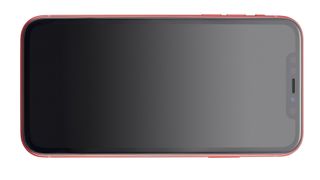
For the iPhone 11’s 6.1in LCD screen, HDR video is on the menu, with both HDR10 and Dolby Vision support available for suitably encoded content. It produces a similar picture to the iPhone XR, which is very good indeed.
During the title credits for Altered Carbon, there’s lots of detail on the snake as it slithers into view. The texture of its scales looks smooth and realistic, with sharply drawn edges – the iPhone 11 does a good job of carving out definition.
As Takeshi's flat is breached and the armed squad scans the dusty darkness, the iPhone 11 shows up a good level of detail in the darker areas. It's a picture rich in information as punchy, bright bursts of gunfire light up the scene. Each one lights up the squad's combat armour, allowing the iPhone a split second to draw, define and display them.
Some of the fine detail and deep blacks are sacrificed here, particularly compared to the OLED screen on the iPhone 11 Pro. But the Pro has a smaller screen, higher resolution and greater ppi (pixels per inch), so that doesn't come as a shock. The general colour balance, including skin tones, is nicely judged and makes for a natural picture.
Verdict
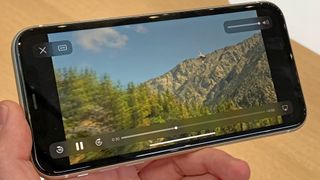
Despite not being the most glamorous new arrival, the iPhone 11 is arguably the most intriguing. It’s natural for all eyes to focus on the premium flagship 11 Pro and Pro Max, but ignore the 11 and you’re missing out on an affordable smartphone that ticks many of the same boxes for a lot less cash.
The iPhone 11 delivers a great point-and-shoot camera (which is an improvement on the XR), runs off the same processor as the premium Pro and Pro Max and delivers solid battery life. Add the fact it produces a wonderfully rounded picture with sensational sound and the iPhone 11 is a superb all-rounder. If you want value for money combined with a good breadth of ability, it’s actually a bit of a no brainer.
SCORES
- Screen 5
- Sound 5
- Features 5
MORE:
What Hi-Fi?, founded in 1976, is the world's leading independent guide to buying and owning hi-fi and home entertainment products. Our comprehensive tests help you buy the very best for your money, with our advice sections giving you step-by-step information on how to get even more from your music and movies. Everything is tested by our dedicated team of in-house reviewers in our custom-built test rooms in London, Reading and Bath. Our coveted five-star rating and Awards are recognised all over the world as the ultimate seal of approval, so you can buy with absolute confidence.
